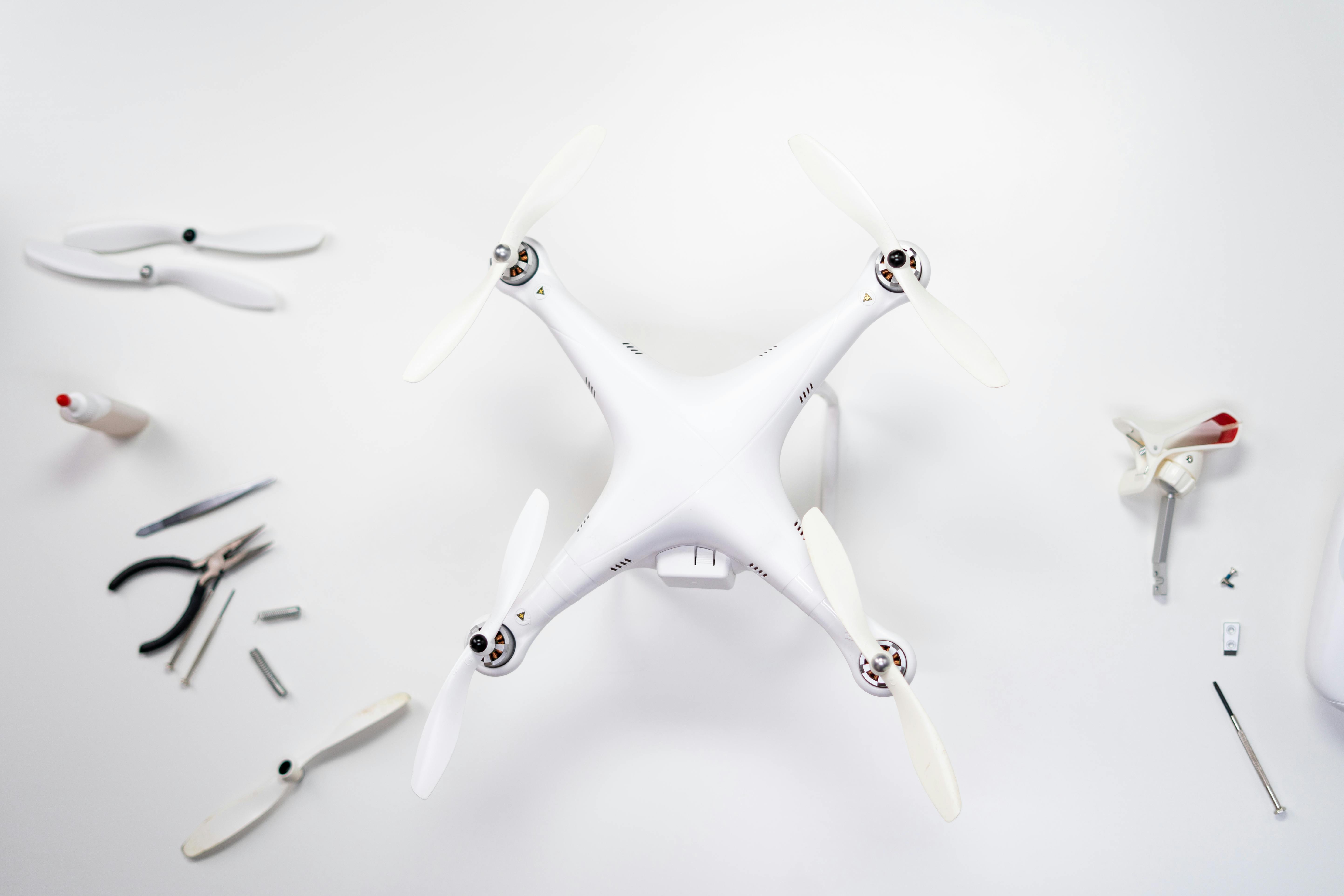
How to use heading tags (H1) for SEO
admin
- 0
TITLE TAGS
Header tags play a very important role in page optimization. Adjusting or even adding header tags on your website is one of the easiest things you can do to make the most of your time! In this article, I’ll quickly go over what header tags are and how to best use them.
Note: It is important to first establish which keywords to target before doing any on-page SEO work. It is not acceptable to make wild guesses about what the right keywords are.
H1 tags
You should use the proper header tag (H1) optimized for each of your pages. Only one H1 tag per page is recommended. If you have more than one, it doesn’t look very good and spiders may think you’re trying to cram too much into one H1. Keep the number of words in your H1 tag to the minimum required to achieve a different meaning than other pages on your site.
-Gardening example: petunia, yellow gardenia flowers
You need to decide on the appropriate keyword terms to focus on which you can then place H1-H3 tags. For example, if your site is about gardening, you’ll want to use flowers, gardening, and related keywords in your header tags.
Header tag structure
Heading tags H1, H2, etc. provide semantic meaning for its content. You need to use them in hierarchy. As H1 must come before H2 and H2 comes before H3 and so on. There is no limit to the number of headers and levels you can have on a web page, but you may want to keep the number within a reasonable limit to avoid confusion caused to real users. Users will find multiple headings for the same text and be confused as to which is the most appropriate “heading” for this text. Ideally, you can have an H1, an H2, and an H3 on the same page with different related keywords.
This series is brought to you by powerful engine optimization software called Ping Kaching.

